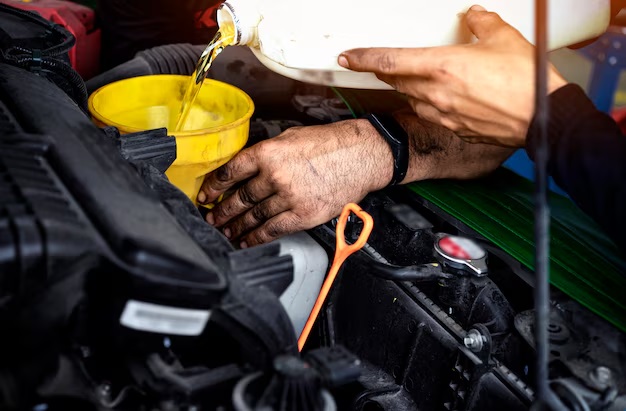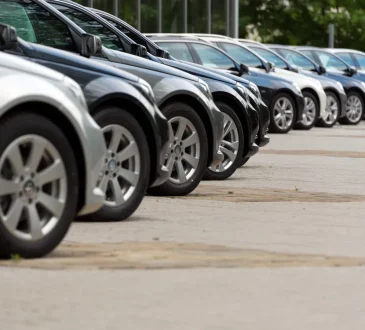
Advanced Driver Assistance Systems (ADAS), which use sensors and cameras positioned strategically throughout the vehicle, are becoming more and more common in modern automobiles. By supporting features like adaptive cruise control, collision avoidance, and lane keeping, these technologies improve safety. However, as many ADAS components are located inside or close to body panels, damage to these panels may have an immediate effect on system functionality. It is essential for both car owners and repair specialists to comprehend this relationship.
The Role of Body Panels in Housing ADAS Components
Numerous ADAS sensors, like as cameras, radar units, and ultrasonic sensors, are built into body panels like side mirrors, fenders, and bumpers. These panels work as enclosures that protect sensitive electronic parts from external factors like impact, water, and dirt.
Due to this close connection, even minor body panel damage can misalign or block sensors. Damaged bumpers can displace radar sensors, sending incorrect signals or failing completely. Mirror housing or fender damage might hide cameras, preventing blind spot monitoring or lane detection.
The Impact of Damage on Safety Features and Sensor Accuracy
The safety functions of the car may not work properly if the ADAS sensors are damaged, occluded, or misaligned. When a motorist is drifting out of a lane, a front-facing camera that is not aligned may cause the lane departure warning to activate excessively or fail to warn them.
Radar sensors damaged by panel damage may overlook objects or give false positives, threatening adaptive cruise control and automated emergency braking. Sometimes dashboard error messages or warning lights signal sensor problems and require repairs to fix the car.
Difficulties with ADAS Body Panel Repair
Compared to standard bodywork, ADAS component-housing body panels demand a greater level of expertise to repair. To guarantee alignment and operation, technicians must thoroughly examine and test sensors both before and after repairs.
The Value of Expert Calibration and Repairs
Vehicle owners should look for specialized repair companies that are capable of handling these technologies due to the complex interplay between body panels and ADAS. After replacing or repairing broken panels with precise techniques, certified technicians use instruments specific to the manufacturer to recalibrate the ADAS components. For reliable results, it’s best to trust professionals experienced in Auto Repair in Cranston, RI who understand both bodywork and advanced driver-assistance systems.
Conclusion
The state of body panels becomes more significant than just appearance as ADAS technology become commonplace in contemporary automobiles. Sensors and cameras that protect drivers and passengers may be interfered with by damaged panels. Knowing this link highlights the importance of expert repairs and recalibrations following crashes or collisions. Maintaining your car’s cutting-edge safety features and keeping everyone on the road safe depend on your body panels being in good condition. It’s not just about how your car looks.




